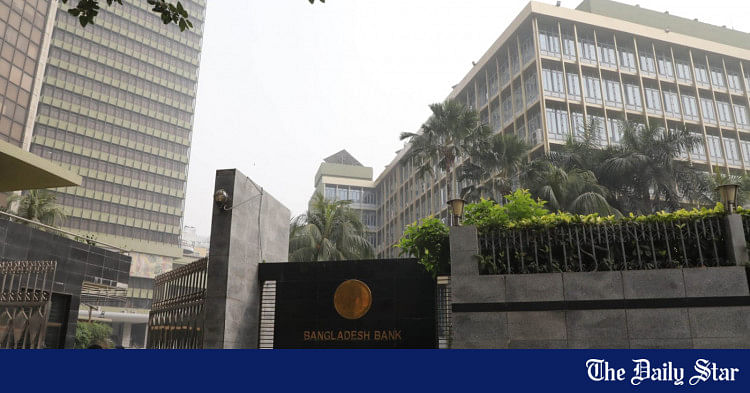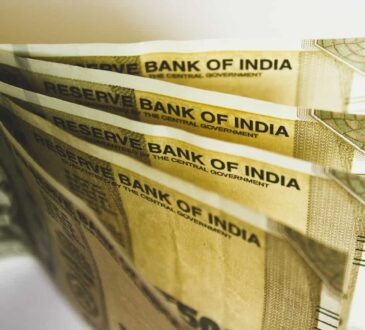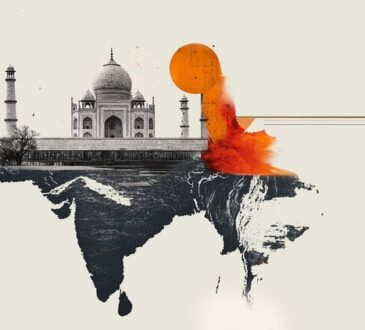
The move is designed to temporarily raise forex reserves
Photo: Star/File
“>
Photo: Star/File
The Bangladesh Bank has introduced currency swaps with banks for the first time, a move that will enable the country to meet the net reserve condition set by the International Monetary Fund (IMF) with its $4.7 billion loan programme.
Usually, the central bank has to buy the greenback if it needs to raise the reserve to meet the condition. Now, it may get foreign currencies from banks for a certain period in exchange for only interest.
A currency swap involves the exchange of interest — and sometimes of principal — in one currency for the same in another currency. Companies doing business abroad often use currency swaps to get more favourable loan rates in the local currency than if they borrowed money from a local bank.
A forex swap has two legs or stages: a near leg date and a far leg date.
On the near leg date, one swaps a currency for another at an agreed spot foreign exchange rate and agrees to swap the same currency back again on a future date (far leg date) at a forward foreign exchange rate.
For conventional commercial banks, the central bank said, the taka will be sold in exchange for approved foreign currencies at the spot rate at the near-leg.
At the far-leg, the deal will be settled by applying the same exchange rate with a swap point based on the interest rate differential considering the prevailing benchmark rate of foreign currencies. Here, the three-month term SOFR for US dollars and the policy rate of the BB for the taka will be applicable.
The secured overnight financing rate (SOFR) is a benchmark interest rate for dollar-denominated derivatives and loans that replaced the Libor (London Inter-Bank Offered Rate).
The SOFR rate presently stands at 5.38 percent while the policy rate in Bangladesh is 8 percent, figures from the Federal Reserve of the US and the BB showed.
The treasury head of a private commercial bank said while the interest rate is flexible in currency swaps with other commercial banks, it is almost fixed in the case of the central bank.
“So, banks will analyse which one is more profitable.”
For Shariah-based banks, at the near-leg, the taka will be sold in exchange for foreign currencies at the spot rate. At the far-leg, the deal will be settled by applying the same exchange rate, the BB said.
The swap deal will be executed within the counterparty limit to be set by the Forex Reserve and Treasury Management Department of the central bank.
Each deal will be in multiples of one million of foreign currency, starting from a minimum value of five million and equivalent taka with a tenure of seven days to 90 days.
The rollover may be allowed by applying the prevailing rates, the notice said.
“It seems that the central bank opened an alternative window to raise the foreign exchange reserve without buying dollars from commercial banks,” said Zahid Hussain, a former lead economist of the World Bank’s Dhaka office.
According to the IMF’s conditions, the central bank was supposed to keep a net forex reserve of $17.78 billion in December. However, there was a $58 million shortfall despite the central bank buying over $300 million from several commercial banks.
The reserve must stand at $19.27 billion by next March and $20.11 billion by June as part of the loan programme. However, the net reserve is still below the targets.
Hussain says if a bank had excess or idle dollars, there was previously no provision to keep it in the central bank. So, they had no interest income from it.
“Now, an option has been created to keep those idle dollars with the central bank in exchange for interest if the banks do not need it.”
On the other hand, if a bank has excess dollars but a shortage of the taka, it can raise its liquidity in the form of the local currency through a currency swap.
At present, many banks have no excess dollars. On top of that, the demand for the currency is high.
However, there are questions about whether banks will be interested in engaging in currency swaps with the central bank as they can only avail the official rate exchange rate, which is much lower than the actual market rate, according to Hussain.
Banks also have the option to go for currency swaps between themselves and the rate is market-driven.



 For all latest news, follow The Daily Star’s Google News channel.
For all latest news, follow The Daily Star’s Google News channel. 


